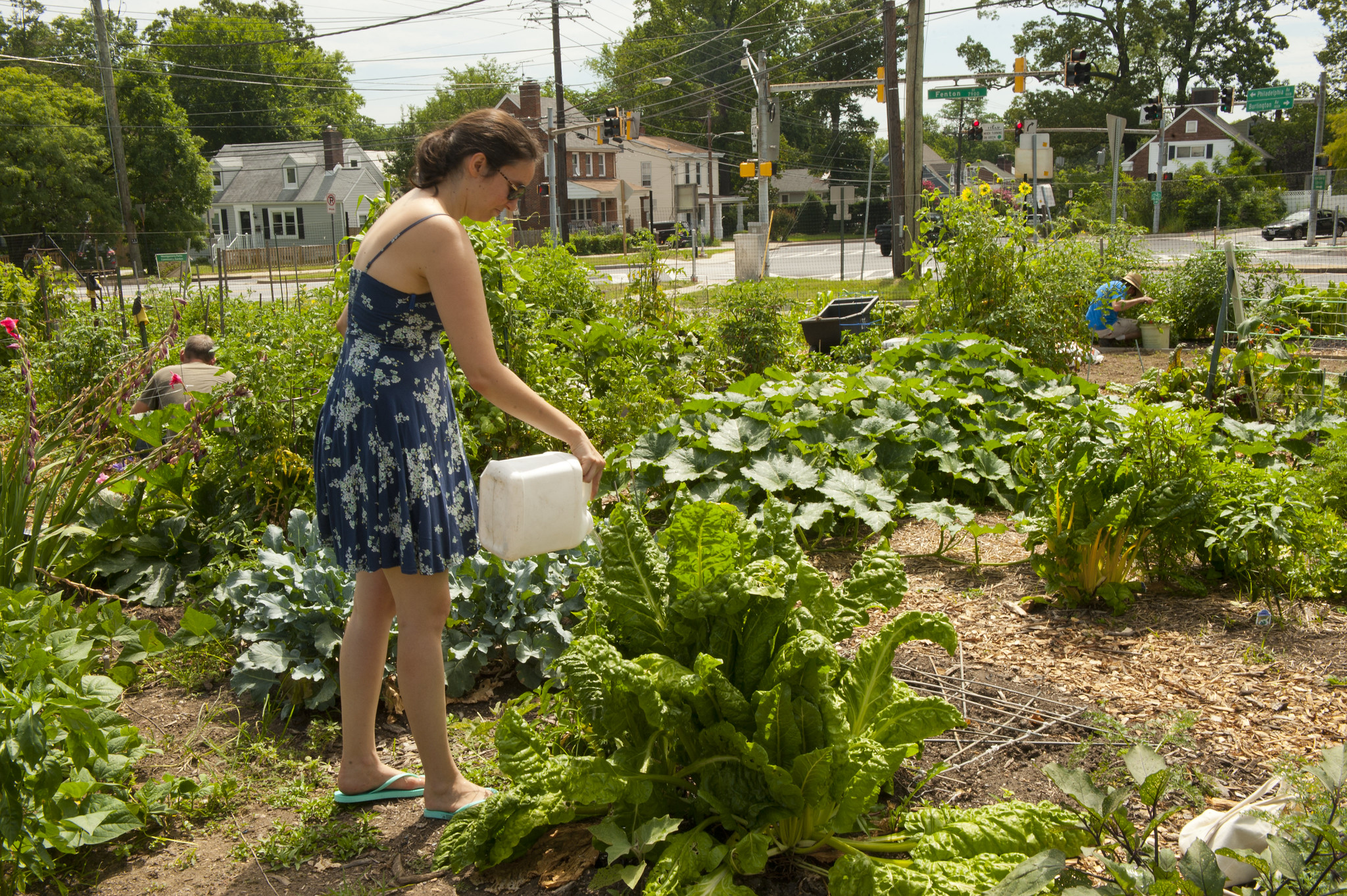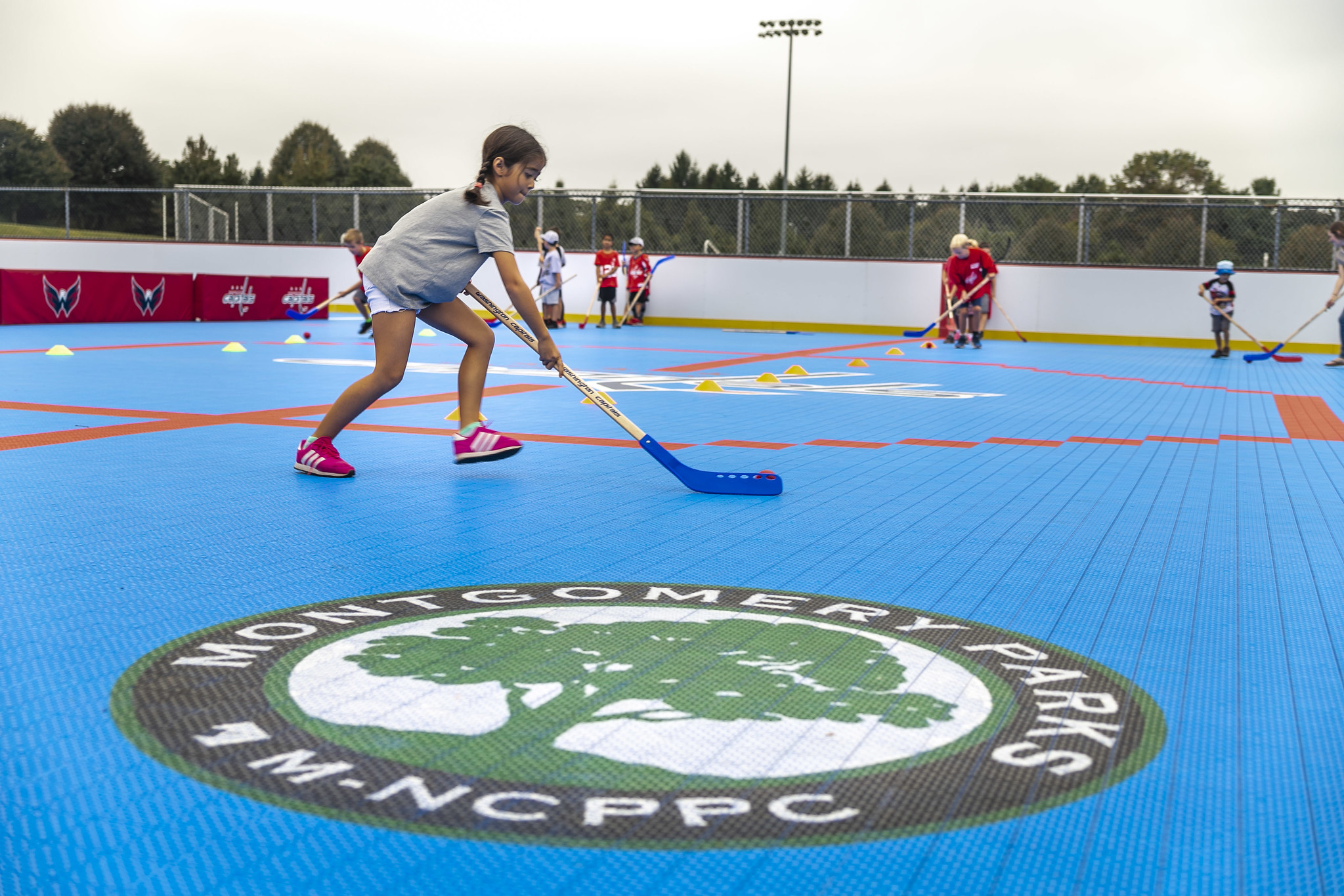Parks create vibrant, economically competitive places, and thoughtfully planned green spaces can further improve equity, social interaction, environmental and public health objectives. Montgomery County has long been a leader in adopting forward-thinking policies for the preservation of land for parks, recreation, agriculture, and resource conservation. The M-NCPPC has won the National Recreation and Parks Association Gold Medal for the country’s best large parks system a record six times. Like other aspects of planning, however, the success of our approach to parks, recreation and open space must continue to evolve to meet changing needs.
In recent years, Montgomery Parks has developed analytical tools such as “equity mapping” to ensure racial, socioeconomic and geographic equity in parks and recreation budget and programming decisions, because closing the gaps in park and recreation planning to meet the needs and serve the values of a changing community. Projects like the Josiah Henson Museum and Woodlawn Manor Cultural Park help to educate residents about the history and legacy of slavery, and staff with deep expertise in historic preservation, archeology, and cultural programming work to document the stories of African Americans and their role in the county’s history.
Thrive Montgomery 2050 encourages the creation of higher-quality parks in places more residents can easily access, with ample visitation opportunities and recreational options. The plan also aims to ensure parks and recreation opportunities are equitably distributed along racial, socioeconomic, and geographic lines and to include social connectivity as a goal of the parks and recreation system.
Meanwhile, the role of land conservation and stewardship in addressing the county’s environmental sustainability goals is as important as ever. Urban redevelopment and infill will reduce the environmental impact of future growth by reducing greenhouse gas emissions and help reverse the damage from earlier development by incorporating modern tools and practices. The environmental performance of green infrastructure on public land must keep getting better to improve water quality, limit property damage and erosion from flooding, and add tree and forest cover.
Planning Board work session
February 4, 2021


